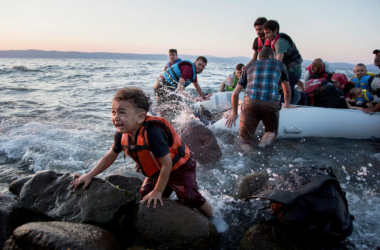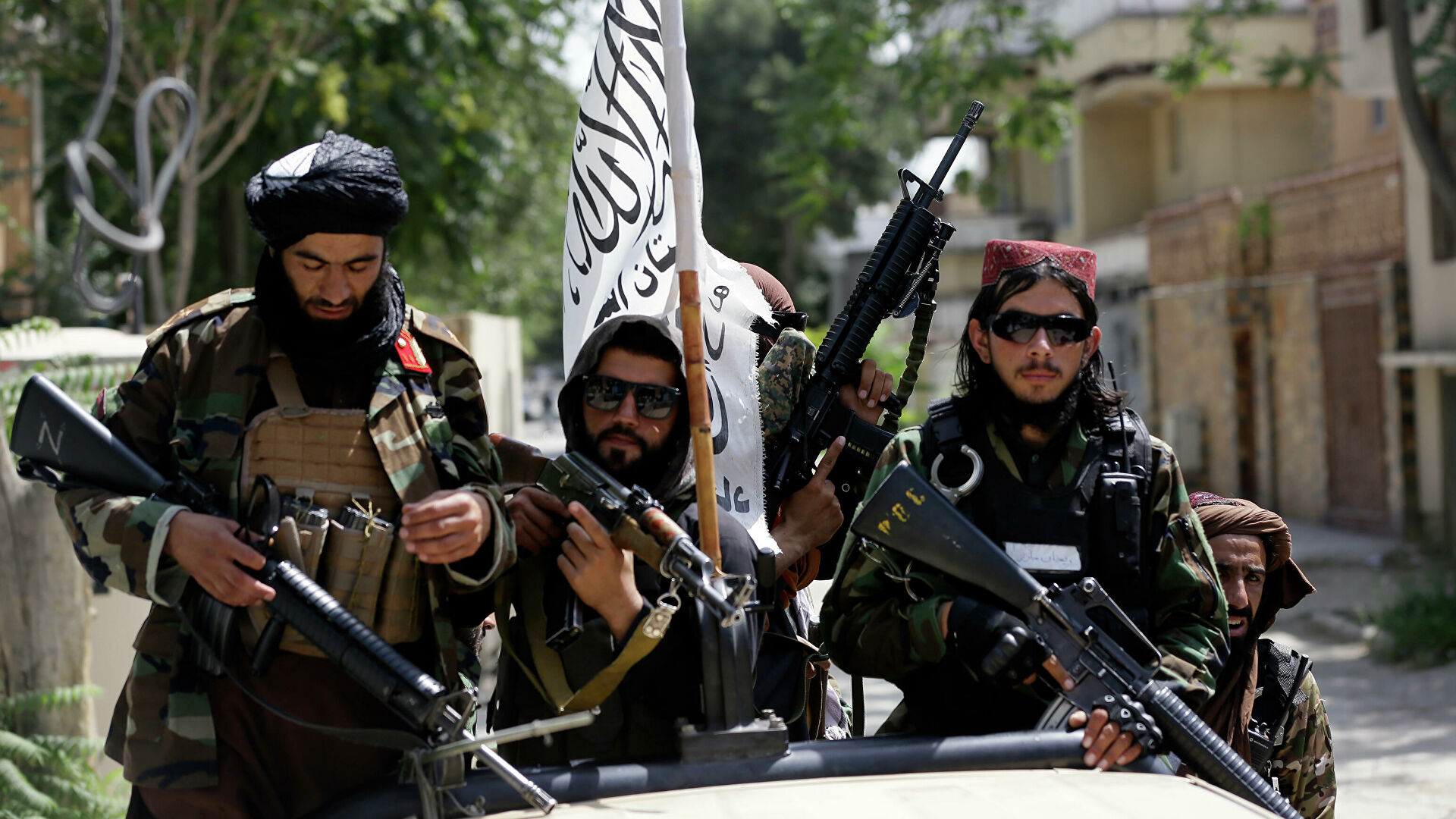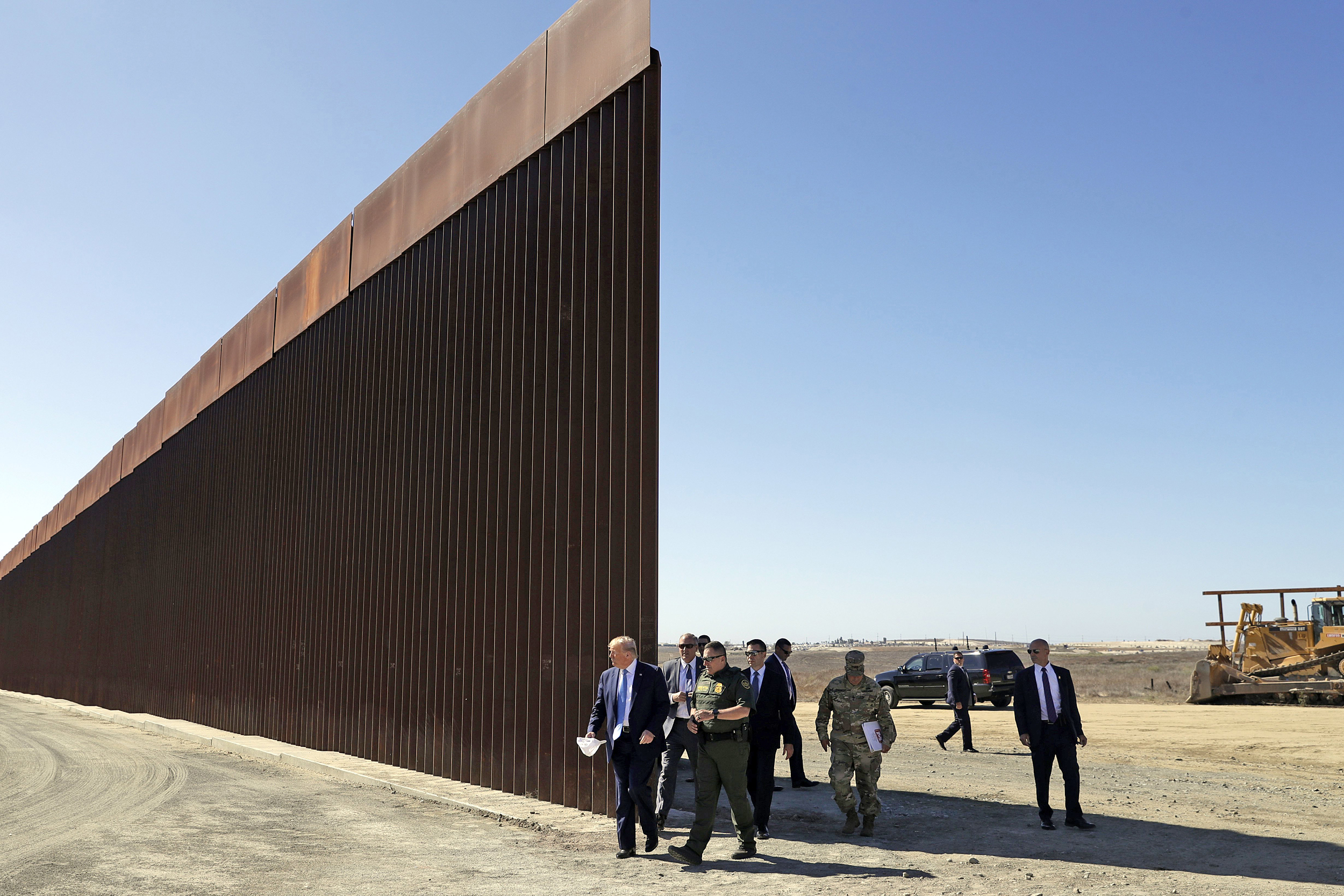Donald Trump, who won the elections in 2016 and became the 45th President of the United States, has become a memorable leader with his sensational statements and his domestic and foreign policy practices. Trump, who ran an election campaign in a line that we can describe as a right-wing populist, attracted a lot of attention with his harsh anti-immigration rhetoric during this period and promised to build a big wall on the Mexican border in order to control immigration to the USA. Since the Trump administration took office in January 2017, there has been a tough stance on immigration and travel restrictions, as well as a number of other acts. In the following process, the policy called ‘Zero Tolerance’ was put into practice and the way for illegal immigrants to be imprisoned quickly was paved. In this study, the perspective on immigrants in the Donald Trump era will be examined and especially the ‘Zero Tolerance’ policy will be dwelled on.
APPROACH TO IMMIGRANTS
The conservative Republican Party, which has a tougher and more radical stance on immigrants than the Democratic Party, has always seen this issue as a serious security problem. They argued that the immigrations disrupted the country’s order and increased the crime rates. They frequently mentioned the existence of an obvious immigrant problem, especially due to the increase in illegal immigration in recent years. Therefore, Republicans argue that immigration policies throughout the country should be revised in order to adapt to the current environment and a strict control on immigrants should be carried out (Manioğlu, 2020:161).
Donald Trump, who participated in the 2016 Presidential Election as the candidate of the Republican Party, used anti-Muslim and anti-immigrant language during the campaign. While entering the elections with the slogan ‘Make America Great Again’, he stated that if he were elected as President, he would take radical measures against the immigration problem, which he saw as a major threat to the United States (Vega, 2018:123). He promised to build a wall on the Mexican border to prevent illegal immigration, and this project had a great impact. Trump’s anti-immigrant rhetoric in this period was not limited to those coming from Central and South American countries, but also included Muslims. He declared that immigration from Muslim countries, which he saw as a security threat, would be limited or even banned. (Gülada, 2019:85).
From the beginning, Trump presented immigrants from Mexico as criminal and dangerous people and said that infectious diseases were carried across the border. He saw Muslim immigrants as potential terrorists and tried to create fear in the public. His aim here is to define immigrants as a threat and to have the issue accepted as a national security problem. It applied to this practice, which we call ‘securitization’, to produce fast and, if necessary, hard solutions on the subject. As a matter of fact, the Presidential Decree dated January 25, 2017, published shortly after he took office, includes various measures for the immigration problem, which he talked about during the election campaign.

ZERO TOLERANCE POLICY
Right after Donald Trump took office, he took action against immigrants, which he saw as a big problem. It has imposed a travel ban on Muslims coming to the USA from Iraq, Syria, Iran, Libya, Sudan, Somalia and Yemen (BBC, 2017). In addition, the Presidential Decree of January 25, 2017, which we mentioned above, includes various measures, from building control centers and building a wall on the Mexican border to increasing the number of security forces conducting inspections. As a complement to the Presidential Decree, an additional decree containing implementing provisions was issued by Secretary of Homeland Security, John Kelly, on February 20, 2017 (Tekin, 2020:314). In the process following these developments, detention practices were started at the Mexican border.
On May 7, 2018, the Department of Justice announced that it would implement a ‘Zero Tolerance’ policy on illegal border crossings to both deter illegal immigration into the United States and reduce the burden of processing asylum claims that the Trump administration often claims are fraudulent (Congressional Research Service, 2021:1). This policy provides for all adults caught crossing the border illegally to be detained and prosecuted for deportation. The most criticized aspect of this policy was the separation of families at the border who wanted to enter the USA with their children. While parents were sent to detention centers, children were sent to state-mandated centers. The US Department of Health and Human Services and its affiliated Office of Refugee Resettlement (ORR) took care of children of all ages, from young to older, while their parents waited to appear in court. However, based on the images leaked to the media at that time, it is possible to say that the conditions in the centers where the children were staying were not very pleasant. In addition to the images, the US investigative media organization ProPublica published an audio recording allegedly taken from the border police station. In the record, the cries of children who told the officials that they wanted to see their parents were heard and public criticism increased (BBC, 2018).
Under US law, people who have entered the country illegally have the right to seek asylum. However, within the framework of the Zero Tolerance policy, the Trump administration has deprived these people of their asylum rights by arresting and deporting those who entered the country illegally (Tekin, 2020:316). It is obvious that this practice violates human rights and causes trauma to children. For this reason, Zero Tolerance has received great reactions from the public, human rights organizations, those interested in immigration law and even the Pope.
Following the criticisms, President Donald Trump issued a presidential decree to end the Zero Tolerance policy. It is estimated that almost 3,000 children were separated from their parents during the six weeks the policy was in effect, with at least 100 under the age of five. Subsequently, a class-action lawsuit was filed by the American Civil Liberties Union on behalf of the 2,816 children that ORR definitively identified as separated as of June 26, 2018 (Congressional Research Service, 2021:2).
The number of people caught trying to enter the country at the US-Mexico border in 2018 was 400,000, almost the same as in 2016 (Tekin, 2020:316). From this point of view, when we evaluate the effectiveness of the Zero Tolerance policy in deterring immigrants from Central and South America, we can say that the result was unsuccessful.
CONCLUSION
Donald Trump, who participated in the US Presidential Election in 2016 as the Republican Party’s candidate and won, has always used anti-immigrant language. During the election campaign and during his presidency, he perceived immigrants as a security threat and had an aggressive attitude towards them. With the decrees he published shortly after he took office, he took measures against both Muslims and immigrants from Central-South America. Zero Tolerance was his practice that received the most reaction on this subject during his tenure. Within the framework of this policy, adults who crossed the US border illegally were directly arrested, and their children were taken from their families and taken under the protection of the state. It would be appropriate to say that Trump’s policy of separation of immigrants from their families, who are exposed to threats from drug cartels, violence, poverty and endangerment of their right to life in their country, is cruel. Donald Trump, who took away the right of asylum of these endangered people, violated their human rights. Even though he decided to stop his policy after the reactions, the children he separated from their families suffered severe trauma and some of them still could not reunite with their families. In addition, its implementation failed and the number of immigrants at the border remained almost at the same level as in previous years. Based on this result, our assessment is that it will be very difficult to solve the immigrant problem unless conditions improve in countries where danger is rife, and poverty is at the highest level.
Prepared by Beyza Bayrak for The FEAS Journal.
REFERENCES
BBC News Türkçe. Trump’ın iptal ettiği, aileleri ayıran uygulama hakkında bilinmesi
gerekenler. (2018, June 21). https://www.bbc.com/turkce/haberler-dunya-44547715
BBC News Türkçe. Trump’tan Suriyeli mültecilere ABD’ye giriş yasağı. (2017, January 28). https://www.bbc.com/turkce/haberler-dunya-38772810
Congressional Research Service. (2021). The Trump Administration’s “Zero Tolerance”
Immigration Enforcement Policy. https://sgp.fas.org/crs/homesec/R45266.pdf
Gülada, M. O. (2019). Donald Trump’ın Göçmenlere Yönelik İnşa Edilmesi Planlanan
Meksika Duvarı ve Propaganda Karikatürlerindeki Sunumu. Göç Araştırmaları Dergisi, 5(1), 78-108.
Manioğlu, O. (2020). ABD Siyasetindeki Temel Ayrışma Noktaları: Cumhuriyetçi Parti ve
Demokrat Parti Arasındaki Beş İhtilaflı Konu. R&S – Research Studies Anatolia Journal, 3(2), 156-167.
Tekin, S. (2020). Küresel Göç Krizi ve Kurumsal Şiddet: ABD-Meksika Sınırı Örneği.
TİHEK Akademik Dergisi, 307-323.
Vega, S. R. (2018). Praxis of Resilience & Resistance: “We can STOP Donald Trump” and
Other Messages from Immigrant Children. Association of Mexican American EducatorsJournal, 12(3).












